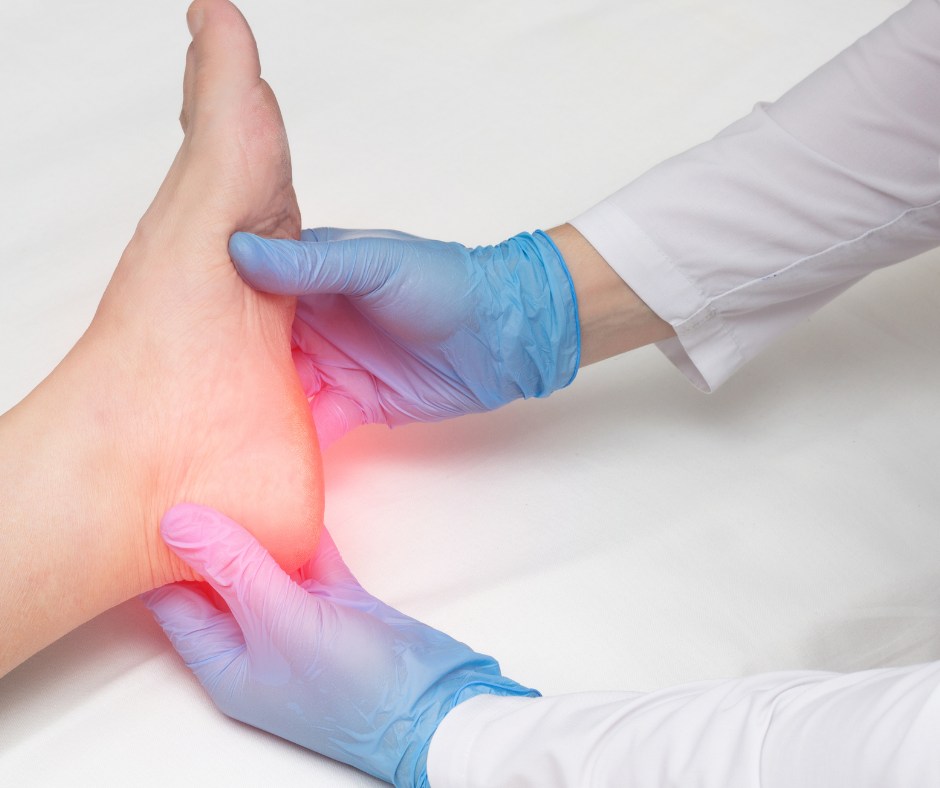Sever's Disease (Growing Pains) - Symptoms & Treatment
What Causes Sever's Disease?
Growth plates at the ends of bones help them elongate but are weaker than solid bone, making them prone to irritation. In Sever’s disease, the heel bone grows faster than the surrounding tissues, causing the tight Achilles tendon to pull on the growth plate at the back of the heel. This repetitive strain, especially during running or jumping, leads to heel pain, often worsening with sports.
This condition only affects growing children, as growth plates solidify into bone upon maturity. Until then, it can be painful and limit participation in physical activities. Early treatment can help manage symptoms and support recovery.

Table of Contents
Sever's Disease Symptoms
- Heel pain on one or both sides
- Pain during physical activity, especially running or jumping
- Increased heel pain after exercise
- Tender swelling or a painful bulge on the heel
- Limping during or after activity
- Stiffness in the calf muscles, especially in the morning
How We Treat Sever's Disease
Visit Us Today
Hope Island
Phone: 07 5510 9222
Located within Hope Island Marketplace Medical & Skin Clinic, 99-103 Broadwater Ave Hope Island QLD 4212
Jimboomba
Phone: 07 5546 9766
Located Within Jimboomba Medical Centre, Unit 1/69 Cerina Cct, Jimboomba QLD 4280
Beenleigh
Phone: 07 3287 2224
Located Within Beenleigh Mall Medical Centre, Shop24A, 40/68 Main Street, Beenleigh QLD 4207
Eagleby
Phone: 07 2889 1666
Located Within Eagleby Family Practice, 5/120 River Hills Rd, Eagleby QLD 4207
Harristown
Phone: 07 4635 6111
Located Within Toowoomba Medical Centre, 146 Drayton Road, Harristown QLD 4350
Marsden
Phone: 07 3067 2370
Located Within Marsden Family Doctors, Shop 28/55-77 Chambers Flat Rd, Marsden QLD 4132
Keperra
Phone: 07 3355 4082
Located Within Keperra Medical Clinic, 14 Dallas Parade Keperra QLD 4054
Coomera
Phone: 07 5573 5663
Located Within Doctors @ Coomera Central, Shop 6, 21 Coomera Grand Drive, Upper Coomera, QLD 4209
Newtown
Phone: 07 4633 8700
Located Within Ochre Medical Centre Wyalla, Shop 20, 238 Taylor Street, Newtown QLD 4350
Our Top Tips for Treating Sever's Disease
- Consult your podiatrist for an accurate diagnosis and treatment plan.
- Ensure kids rest, recover, and follow prescribed stretches and strengthening exercises.
- Select supportive footwear tailored to your child’s needs.
- Use custom orthotics if recommended by your podiatrist.
- Schedule annual podiatry check-ups to prevent future issues.
Enquire Now
Not The Condition You Are Looking For?
Find out more about the conditions we treat by clicking below.
